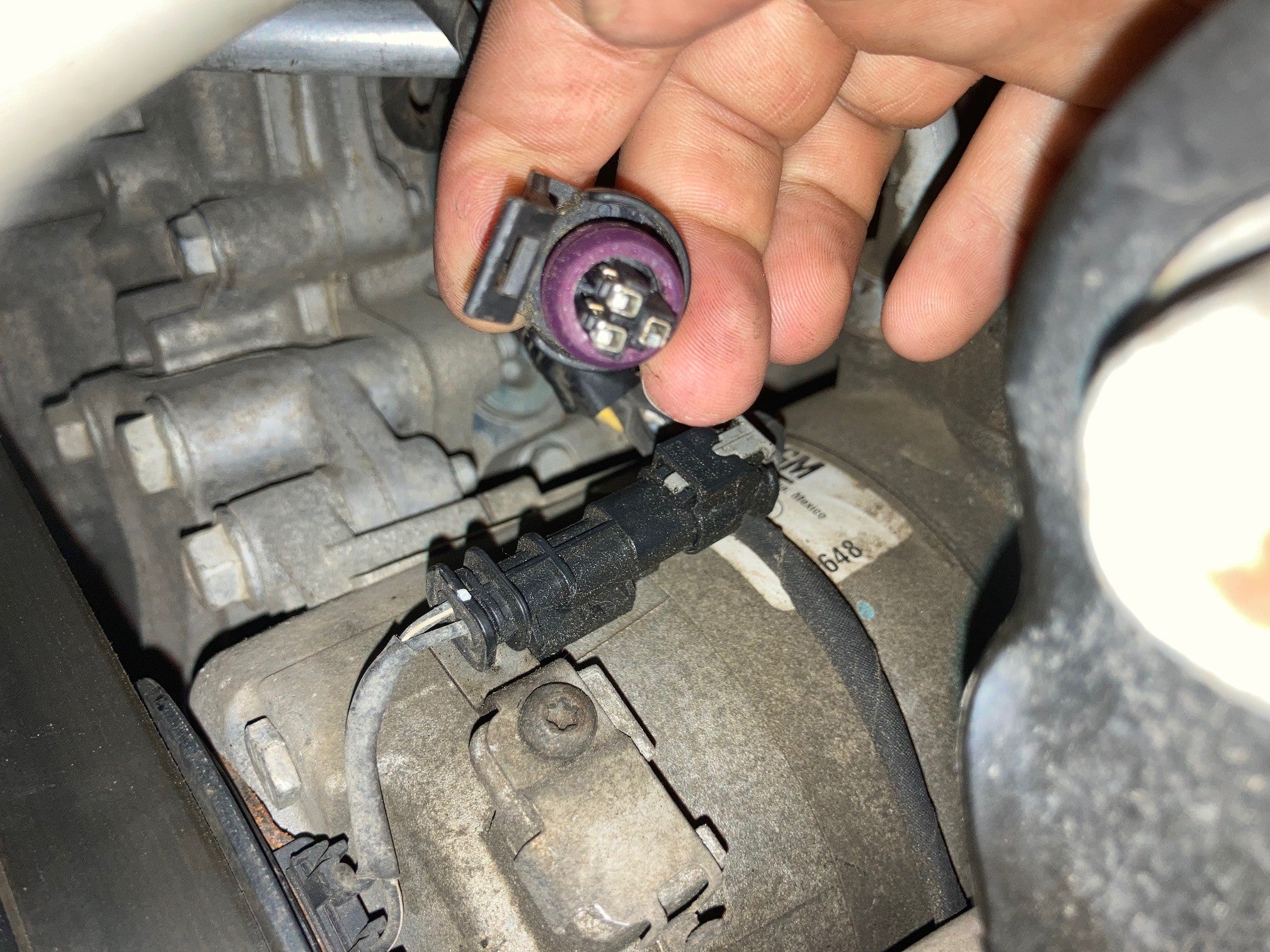Inconsistent or inaccurate oil pressure readings on your 2016 Chevy Colorado commonly stem from sensor faults, wiring issues, or low oil levels. Follow this targeted diagnostic approach:
Critical Preliminary Checks
- Verify oil level: Park on level ground, wait 5 minutes after engine shutdown, and check dipstick. Top up with Dexos1 5W-30 if low.
- Inspect oil quality: Milky or metallic oil indicates internal engine problems requiring professional diagnosis.
- Confirm gauge behavior: Note if gauge shows 0 psi at idle, fluctuates erratically, or pins at max (80+ psi).
Sensor-Specific Diagnostics
Electrical Test:
- Locate sensor below intake manifold (driver side near oil filter). Disconnect 2-pin connector with engine OFF.
- Test connector terminals with multimeter: Key ON (engine off). Verify 5V reference (pin A) and ground continuity (pin B to engine block).
- Abnormal readings indicate wiring/ECM faults.
Manual Pressure Validation:

- Install mechanical gauge at sensor port (M16 x 1.5 threads).
- Compare readings at idle (20-30 psi min) and 2,000 RPM (45-70 psi). Significant deviation signals oil pump or bearing issues.
Most Common Failures & Fixes
- Faulty Sensor (Most Common): If electrical tests pass but symptoms persist, replace sensor (ACDelco D1804F or equivalent). Torque to 15 lb-ft.
- Corroded Connector: Clean terminals with electrical contact cleaner, apply dielectric grease.
- Chafed Wiring: Inspect harness near exhaust manifolds. Repair with heat-shrink tubing and solder.
Post-Repair Procedure
Clear diagnostic codes with OBD2 scanner. Road test while monitoring live oil pressure data (scanner PID "Engine Oil Pressure"). Validate consistent readings across RPM ranges before considering resolution.

